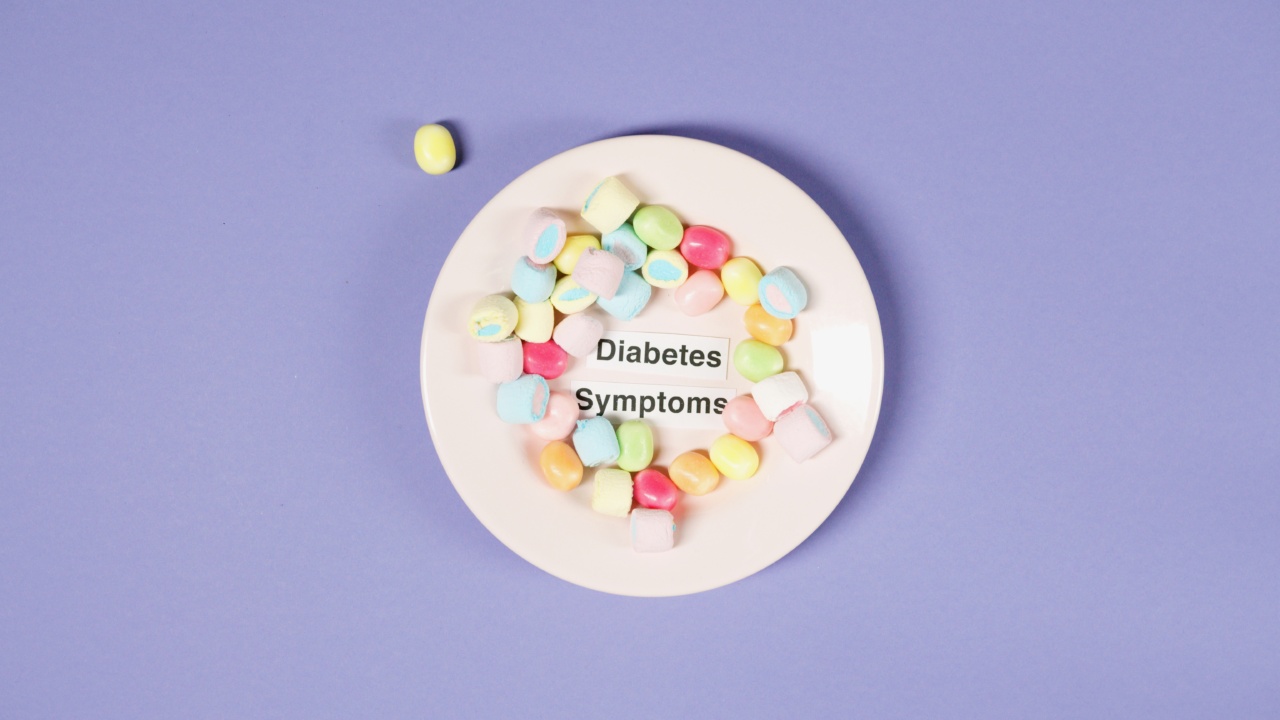Overactive bladder (OAB) is a common condition that affects millions of people, particularly the elderly. It is characterized by a sudden urge to urinate, followed by an involuntary leakage of urine.
This can happen at any time, day or night, and can be very embarrassing for the person experiencing it. Fortunately, there are ways to manage the symptoms of OAB, including diet and exercise.
What Causes Overactive Bladder?
Before we dive into diet and exercise, it’s important to understand what causes OAB. There are many factors that can contribute to this condition, including:.
- Weak pelvic floor muscles
- Bladder infections
- Neurological disorders such as Parkinson’s disease or multiple sclerosis
- Medications such as diuretics, sedatives, and antihistamines
- Excessive caffeine or alcohol consumption
If you are experiencing symptoms of OAB, it’s important to speak with your doctor to rule out any underlying medical conditions. In some cases, medication or surgery may be necessary.
Dietary Changes to Manage Symptoms of OAB
While there is no one-size-fits-all diet for individuals with OAB, there are certain foods and drinks that can worsen symptoms and should be avoided. These include:.
- Caffeine (coffee, tea, soda, chocolate)
- Alcohol
- Spicy foods
- Artificial sweeteners
- Acidic foods (tomatoes, citrus fruits)
- Carbonated drinks
Instead, focus on incorporating foods and drinks that are known to improve bladder health. These include:.
- Watermelon
- Cucumber
- Celery
- Pumpkin seeds
- Blueberries
- Cranberry juice (limited quantities)
- Green tea
In addition to changes in diet, it’s important to stay hydrated. While it may seem counterintuitive to drink more water when you’re struggling with OAB, staying hydrated can actually improve bladder function. Aim for at least 8 cups of water per day.
Exercises to Improve Bladder Control
In addition to dietary changes, there are certain exercises that can help improve bladder control. These exercises, known as kegel exercises, are designed to strengthen the pelvic floor muscles that support the bladder. Here’s how to do them:.
- Identify your pelvic floor muscles by squeezing the muscles you use to stop urinating midstream.
- Once you’ve identified the muscles, contract them and hold for 5 seconds.
- Release the muscles and rest for 5 seconds.
- Repeat this exercise 10-15 times, 3 times per day.
It may take some time to see improvement, but sticking to a kegel exercise routine can be very effective in reducing OAB symptoms.
Other Lifestyle Factors to Consider
In addition to dietary changes and exercise, there are other lifestyle factors that may contribute to OAB symptoms. These include:.
- Smoking
- Being overweight or obese
- Sedentary lifestyle
- Chronic constipation
- Stress and anxiety
Quitting smoking, achieving and maintaining a healthy weight, and staying active can all have a positive impact on OAB symptoms. In addition, taking steps to manage stress and anxiety (such as meditation or therapy) can improve bladder function.
The Bottom Line
OAB can be a frustrating and embarrassing condition, but there are ways to manage the symptoms.
By making changes to your diet, incorporating kegel exercises into your routine, and addressing other lifestyle factors, you can improve bladder function and enjoy a better quality of life.




























